


Curtain Raiser: Lothar Sittig, the Ossewabrandwag and the Trompke Network.
This month's Curtain Raiser lecture was given by Evert Kleynhans, erstwhile historian and archivist of the Ossewabrandwag archives in the town of Potchefstroom.
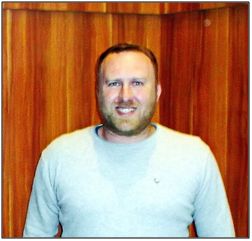
The Ossewabrandwag (Ox-wagon Sentinel) was an anti-British, pro-German organisation that was officially formed in Bloemfontein on the 4th of February 1939 by a group of pro-German Afrikaners. As early as 1902, when Britain had defeated the Boers in the Anglo-Boer War, opposed anti-British Afrikaners were supported by Netherlands and Germany for the cause of creating two independent Republics, namely the South African Republic (Transvaal) and the Orange Free State. Thousands of Boers served in the British forces during WWI and WWII, but nonetheless remained resentful of British rule, even under loose association with Britain as a dominion.
In the lecture, Evert put forward the argument in the form of two pertinent questions that arose regarding the Ossewabrandwag's contact with Germany during the Second World War. Firstly, was there definite contact between the Ossewabrandwag and Germany during the war, and if such contact existed, what was the nature and extent thereof. The answer to this first question was straightforward, as the Ossewabrandwag had maintained regular contact with Germany throughout the war. The answer to the second question, especially as to how it relates to the maritime intelligence war waged off the South African coast, was clearly more complex, and formed the basis of the Evert's lecture.
The aim of the presentation was to give a brief overview of the nature and organisation of the German intelligence network in the Union of South Africa during the Second World War. The Ossewabrandwag's leader was Johannes van Rensburg, a lawyer who had served as secretary of justice under Jan Smuts and was an admirer of Nazi Germany. Lothar Sittig was known under the code name "Felix" who controlled the larger ambit of maritime intelligence as the war waged in Southern Africa. The Trompke Network was used for German espionage in South Africa. It was named after Paul Trompke, the German Consul General based in Lourenço Marques during the Second World War. From this consulate, a German officer, Luitpold Werz, controlled the German Intelligence network operating to South Africa. Communicating by radio and secret ink, an important task of this spy ring was to provide intelligence on Allied shipping for exploitation by German submarines. Its agents in South Africa were extreme right wing Afrikaaners, opposed to General Smuts' ruling party and with an intention of forming a pro-Nazi government. Over time their messages were all intercepted and read by members of British Intelligence.
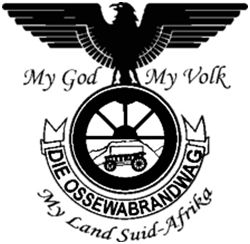
The Ossewabrandwag's most dangerous formation was the "Stormjaers" (Assault troops = Sturmjäger). They engaged in acts of sabotage against the Union government, dynamiting power lines, cutting telegraph and telephone lines. Many members of the Ossewabrandwag refused to enlist and sometimes harassed servicemen in uniform, which resulted in riots erupting in Johannesburg on the 1st of February 1941, in which 140 soldiers were seriously hurt. The Ossewabrandwag's acts of harassment and sabotage had gone too far for many Afrikaners, so much so, that Prime Minister DF Malan decided to break ties with the Ossewabrandwag in 1942. Thousands of members were placed into internment camps for the rest of the War, which included the future Prime Minister, BJ Vorster. After the end of the War, the Ossewabrandwag was absorbed into the National Party and ceased to exist as a separate body.
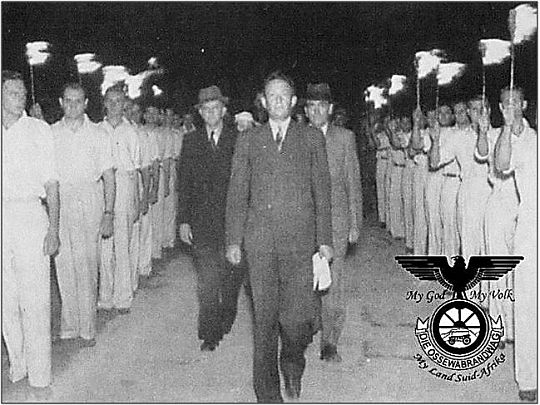
Main Lecture: Memorials and loss - the curious case of the Cenotaph, its origins, significance and influence - remembering the First World War.
Katherine Munro, who was asked to stand in at the last moment for scheduled speaker Charles Cohen, who had fallen ill, gave an interesting talk on Cenotaphs erected and dedicated to soldiers of the First World War.
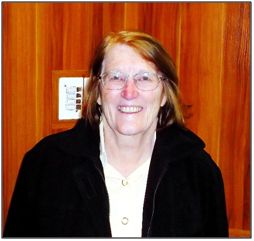
A cenotaph is one of three types of a public monument (special statue or building) built in memory of particular people who died in war. The significance is that it is an empty tomb. The speaker contrasted it with the tomb of the unknown soldier, in which an actual body of unknown identity stands in for all who lost their lives. The last type is a memorial on which the names of the fallen who have no known grave are engraved - e.g. the Menin Gate - or the names of a particular group of fallen are remembered.
The lecture focused on the significance and origins of these memorials and what influences they had in remembering the First World War. Johannesburg's primary War Memorial to the men lost in the Great War is the Cenotaph located on the old Market Square, now termed Beyers Naude Square. The lecture explored the architectural design of Johannesburg's Cenotaph, and was also compared to other memorials in South Africa and around the world.
Two of Johannesburg's monuments are the Cenotaph which can be seen in Beyers Naude Square and the memorial adjacent to the Ditsong National Museum of Military History.
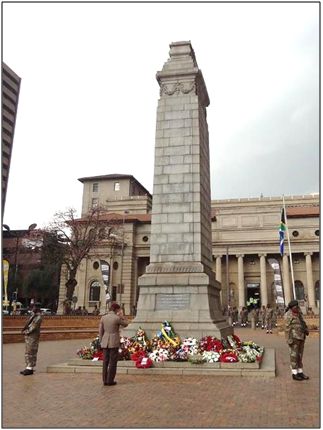
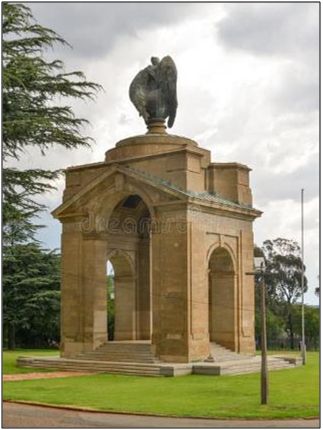
Richard Schütte
Newsletter Scribe
CONDOLENCES
FILM SHOW
The Warsaw Flights Commemoration Organising Committee is showing the "In The Name
of Honour", The Memorial at Czestochowa to those who died at Smolensk on 10 April 2010.
The showing is at the Ditsong Museum on 6 July 2018 at 18h30.
RSVP to Jean at jeanu@global.co.za
JOHANNESBURG:
CR = curtain raiser ML = main lecture
Ditsong Museum next to Zoo at 8pm
SAMHSEC:
Branch contact details
For Cape Town details contact Johan van den Berg 021-939-7923 warbooks@mweb.co.za
For Eastern Cape details contact Malcolm Kinghorn 041-373-4469 culturev@lantic.net
For Gauteng details contact Joan Marsh 010-237-0676 joan@rfidradar.com
For KwaZulu-Natal details contact Roy Bowman 031 564 4669 bowman.roy93@gmail.com
* NOTE*
Fast mirror and backup site BOOKMARK
FOR REFERENCE Main
site * NOTE*